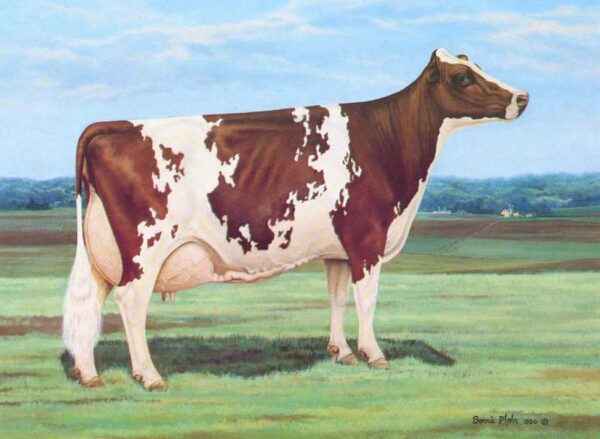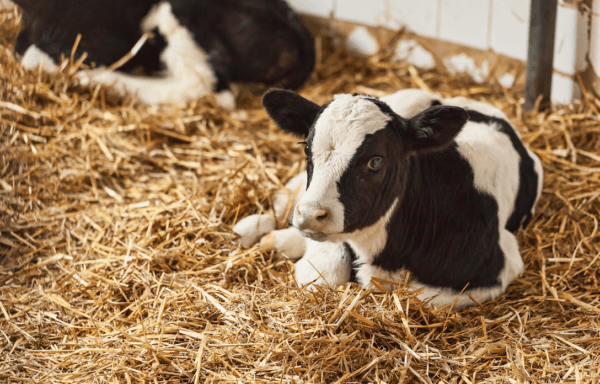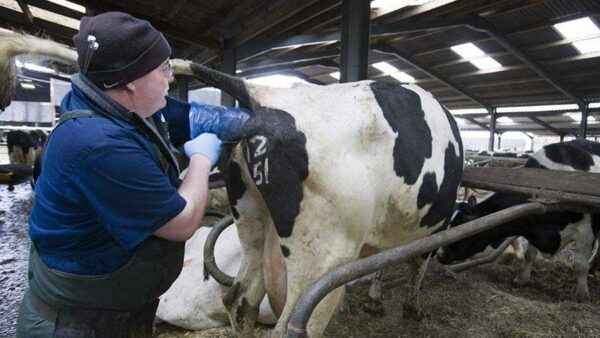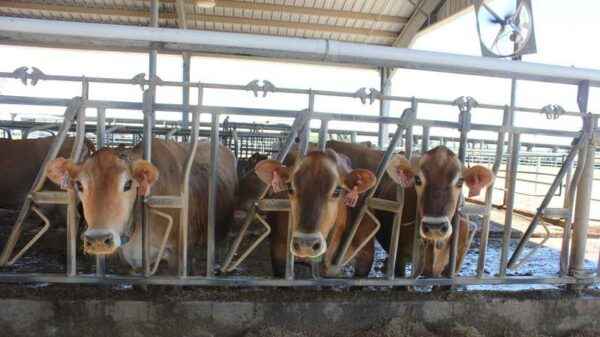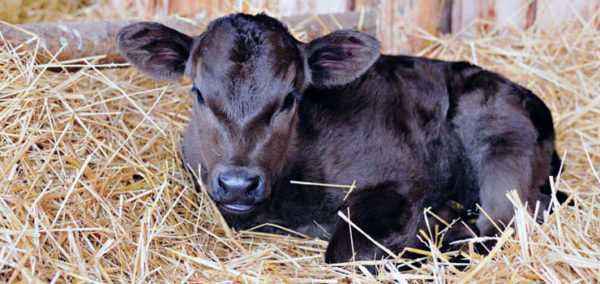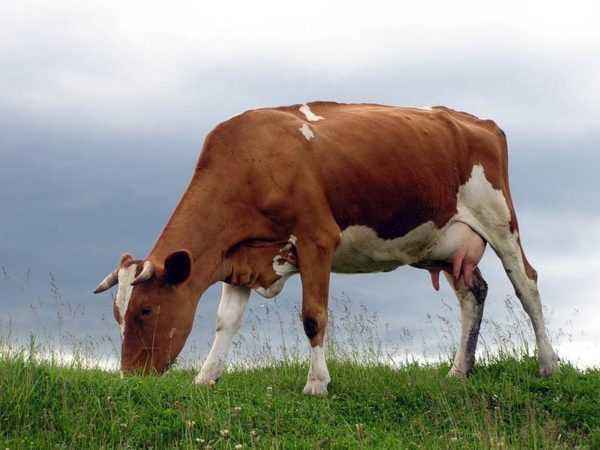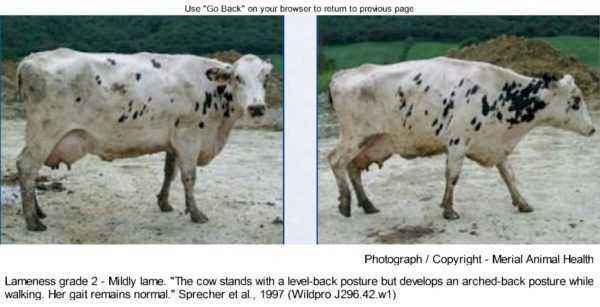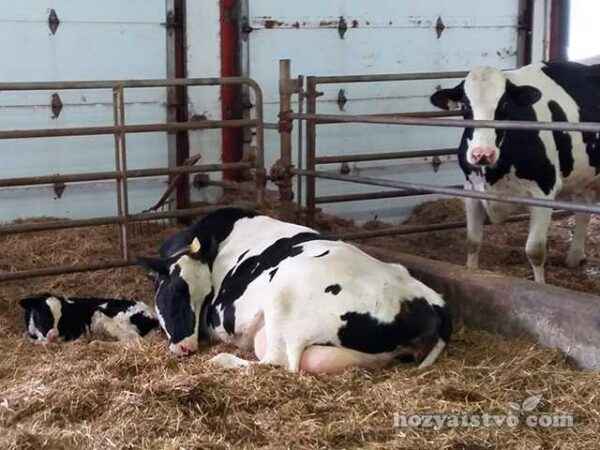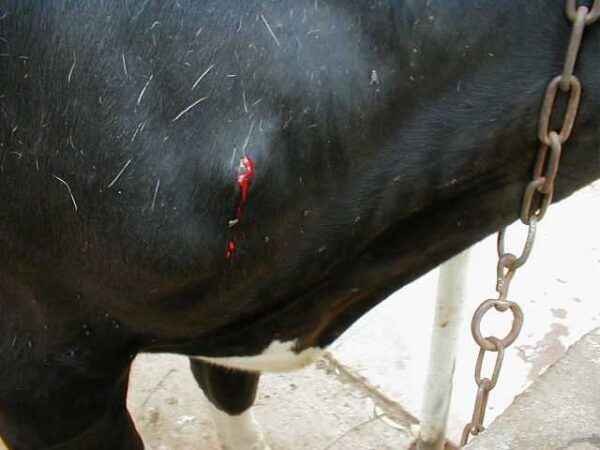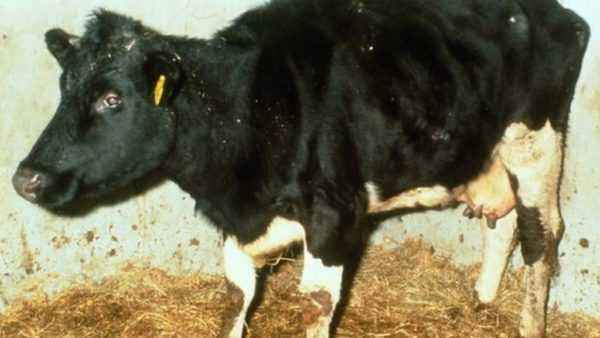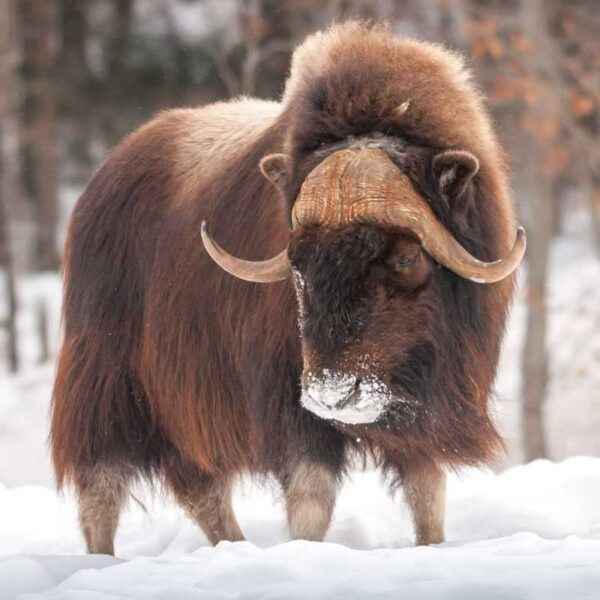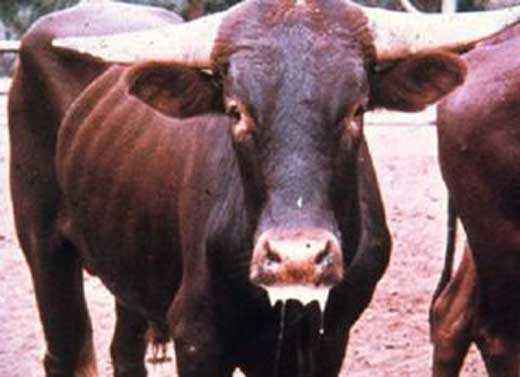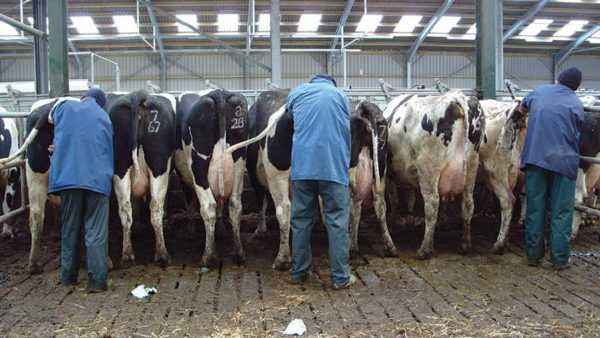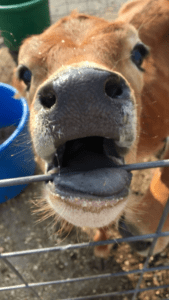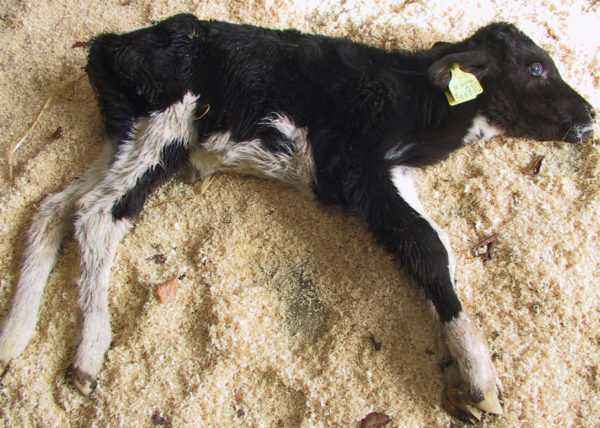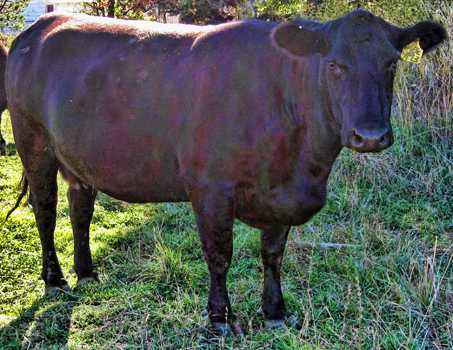The African buffalo is considered the largest not only among all buffalo, but also among wild bulls. He is dangerous and vulnerable at the same time, has a memorable appearance, a specific disposition and it will be more interesting to learn more about him.reachGoal (‘sood’); “>
- Description
- Appearance
- Subspecies <
- Habitat
- Lifestyle
- Herd <
- Food <
- Likes <
- Reproduction
- Interesting facts
- Features <
- Foes of buffalo
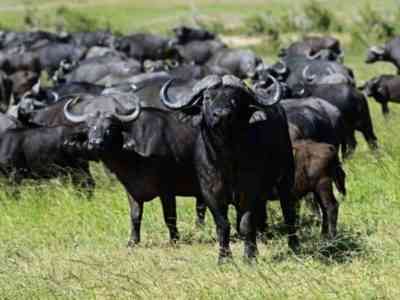
African buffalo
Description
African buffaloes, also known as black buffaloes or Syncerus caffer in Latin, are members of the gentile family and are relatives of the Yaks, bison, bison, etc.
Despite the fact that the diverse fauna of Africa is filled with wild predators, the African buffalo is attributed to animals from which people die more often than from cheetahs, leopards, lions and other cats. they are second only to hippos and Nile crocodiles.
Appearance
They undoubtedly stand out for their impressive mass:
- 1200 kg in males of “advanced age”;
- 800-900 kg – adult “gobies”;
- 600 kg – individuals are younger, including females.
At the same time, they are smaller than, for example, Indian buffaloes, reaching 1.8 m at the withers, and African buffaloes, on average, are about 1-1.4 m tall, sometimes – 1.6 m with a body length of up to 3 m.They also have short limbs and a stocky physique.
The main force is concentrated in the front of the hull. For this reason, the hooves on the front legs are several times larger than on the hind legs, this helps the animal maintain its own weight.
Antlers are a characteristic feature in their appearance. They not only adorn and highlight African buffaloes, but also serve as their weapons. Strong, curved up buffalo horns reach about 1 m in length from one edge to the other, about a quarter less in females. On the head of adult males you can see a bone shell, it appears as a result of the growth of horns and is able to protect the animal even from bullets. In the “female half” this phenomenon is not observed, and the horns themselves are thinner.
The skin of each individual is dark brown or black, sparse but stiff hair grows on the body.
Subspecies
It is generally accepted that the African buffalo, despite some differences in specimens, is represented by one species. However, its subspecies are distinguished:
- red (or dwarf);
- Sudanese;
- Cape;
- mountain;
- and Nile buffaloes.
Once upon a time there were ten times more, about 90.
Today, the Cape subspecies are called the most huge and ferocious, it is black buffalo. True, females are brown with a red tint. Old individuals lose almost all their hair, remaining as if bald.The Nile subspecies have slightly smaller sizes and lighter colors.
The African dwarf buffalo is the exact opposite of its fellow. He is red, with dark spots on his shoulders and head, has tassels on his ears. The mass reaches up to 270 kg, and in height – up to 1.2 m. The horns do not reach up to 40 cm, moreover, they do not grow together.
The Sudanese subspecies and mountainous place occupies an intermediate place. They weigh no more than 600 kg.
By the way, not everyone believes that red and mountain subspecies generally need to be attributed to the African species.
Territory of residence
The place of residence of formidable hornies is the warm regions of Africa: forests, savannas, mountains, south of the Sahara. When choosing a territory, African buffaloes give preference to areas with extensive water sources and pastures with dense grass. They in every possible way avoid close proximity to people.
Each subspecies is characterized by its own habitat. Representatives of dwarf buffalo are located in the wooded areas of the West and the Center of Africa. Also in the Western territories of Africa, in Cameroon in particular, Sudanese representatives of the species live.
Cape bulls run along savannas located in the Eastern and Southern parts, and Nile bulls are found in Sudan, Ethiopia, Congo, Uganda (north- East) and Central Africa. The mountain subspecies rides mainly in the eastern part of Africa.
In addition, the African buffalo is kept in reserves and zoos.
Lifestyle
African buffaloes have been living in the wild for about 15 years. The reserves are much longer – 20-30 years. The implementation of long migrations is not typical for wild gobies; they prefer to settle in one place. Perhaps this is due to the fact that they are lazy and do not move too willingly.
Herd
The African buffalo is a herd animal. Individuals group in groups of 20-30 heads, and during the drought period they go in hundreds.
The herd scheme is as follows: older individuals, who are the most experienced, stand on each side to be able to observe what is happening around, notice the dangers, etc. It is they who give the signal of escape for all members of the herd. All who are younger, including very small buffaloes, go to the center.
Groups can be mixed (males, females, young animals), consist exclusively of “young people” (individuals from 4 to 10 years old) or of “old people” (over 10 years old) . Moreover, the latter is a fairly common occurrence, as age-old buffaloes leave their herd and may not even unite, but wander alone. Sometimes they carry out their attacks for no reason, although in general they tend to go about their business, not paying attention to others: eat, relax, and only in a certain territory.
Usually the territory occupied by buffalo groups is 100, sometimes 200 sq. km
Food
These horned inhabitants of the open spaces of hot Africa prefer to graze in the dark. In the afternoon they usually lie in the shade, fall out in the mud. They rarely rest near ponds, using them mainly just to get drunk. They drink 30-40 liters of water per day.
The special structure of the stomach, consisting of 4 chambers, affects the way of eating. First, the first gastric section is completely filled, food that animals do not even chew heavily enters into it, then part of this food burps back into the mouth and chews thoroughly there.
The buffalo is served as grass, in t .h. shrub branches and dried plants. The volume of the daily norm is up to 2% of the weight of the animal.
Moral
The violence of their character is probably somewhat exaggerated. They can behave calmly until they sense danger. Running back a certain distance from the enemy, they make a sharp turn and face the enemy.
It is noted that the mass of groups in African buffalo is not accidental: this is their main weapon. They are happy to rush to the rescue of a comrade who has landed in the clutches of a predator, and together fight off the attack.
They “fight” among themselves during the rut: they attack, break their horns, but they do not finish off the loser.
Reproduction
With the onset of the rainy season, and this is from March to May, the mating season comes. This means that you can observe the fights characteristic of this period.Intimidating each other, the males roar loudly, start snorting, throwing their heads back while tearing the ground with their hooves, fighting, etc. Without understanding what is around, they even fight with trees. The bravest and strongest become continuers of the clan.
It happens that one bull needs several “wives”, and he collects a whole harem.
The buffalo hatches one cub and lasts from 10 to 11 months . Before giving birth, it is separated from the herd, takes a quiet place to complete this process.
Children are born worthy of their parents, weighing 50-60 kg. In about 15 minutes they already go after their mother, but they do not leave the mother until the age of 4. They feed on milk for about 6 months, although after a month they have already tried weed and grow quickly.
The grown females remain in their native collective, and the males forced to leave it.
Interesting facts The main thing is that the wind blow in the right direction. They also hear very well.
The slowness and slowness of buffaloes is replaced by relative agility when it comes to saving their lives. When running away, they accelerate to 57 km / h.
Enemies of buffaloes
Looking at the photo of the African buffalo, it is hard to believe that it can have enemies. But lions, crocodiles, hyenas, etc. often make attacks on them.Bulls, of course, are able to fight back, however, when it comes to babies, then the chances are unequal.
Bloodsuckers and other insects also interfere with them. Different birds try to help the hornet by hatching parasites from them. But there are hard-to-reach places where insects nevertheless spoil their life, drink blood, lay their larvae, and infect infections. Saving bathing in the mud: drying up, it falls away with uninvited guests.
A person can also be called their enemy. Since ancient times, people hunt for buffaloes for the sake of skin and meat. Despite numerous prohibitions, poachers do not stop contributing to a decrease in the population.


